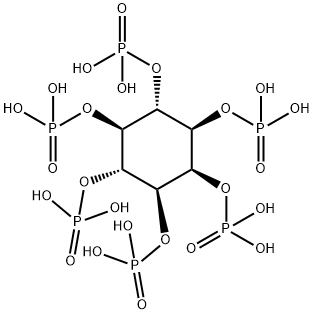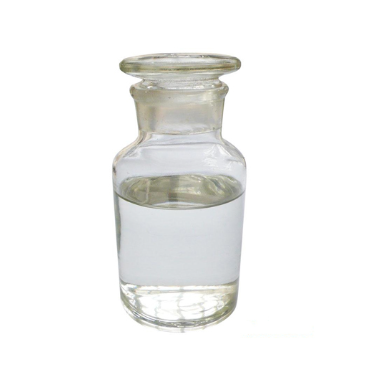Phytic Acid: In-depth analysis and cutting-edge applications of multifunctional natural compounds
Introduction
Phytic acid (myo-inositol 1,2,3,4,5,6 hexakis-dihydrogen phosphate) is the primary phosphorus storage compound in ALVs. It is a compound found in plants that stores phosphorus (P) in a highly stable form and also binds with various nutrients, including minerals, proteins, starches, and lipids. Many plant-based ingredients commonly added to the diets of terrestrial and aquatic animal feeds are high in phytic acid. For nonruminant animals, phytic acid is largely indigestible and, therefore, can reduce nutrient utilization, reducing growth and bone mineralization and excessive phytic-P discharge to the environment. Some secondary effects on the host animal include suppressing appetite and digestive enzymes or irritating the gut. The enzyme phytase degrades phytic acid and can be used as an effective pretreatment to ingredients or directly included as a safe supplement in animal feeds to reduce these harmful effects.
Plant source
As with the content of PA present in various legumes, soybeans and common beans contain the maximum amount of phytic acid ranging from 1.20 to 1.75 and 0.55–1.69 g per 100 g, respectively. In faba beans, 0.69 g/100 g of phytic acid is found whereas it ranges from 0.72 to 1.23 g per 100 g in peas. Phytic acid isolated from plants belongs to the group of organic phosphates and is a mixture of calcium–magnesium salt of inositol hexaphosphoric acid, also known as phytin. Salts of phytic acid are also called phytate. It is an abundant plant constituent comprising 1–5% by weight of the legumes, cereals, oil seeds, pollens, and nuts. It is an organic form of phosphorus, chemically a myo-inositol hexakisdihydrogen-phosphate (IP6). The occurrence of phytate in plant foodstuffs is well documented. It constitutes 0.7% and 2% of most cereal grains and oilseeds. It is the primary source of inositol and storage form of phosphorus and other minerals in plant seeds used as animal feed ingredients. Most foods of plant origin contain 50–80% of their total phosphorus, or even higher in selected varieties, as phytate. On average, the phytate-phosphorus content of cereals (like maize, rice, wheat, sorghum, and barley) and oilseed meals (like groundnut, soybean, cottonseed, and sunflower meals) varies from 51% to 82% of the total phosphorus present in them.
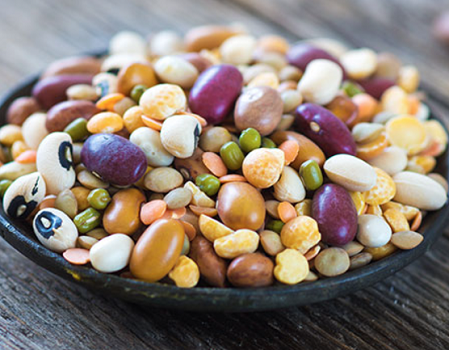
Benefits
Phytic acid is a natural anti-nutrient that makes up 75% of wheat seed's total phosphorus storage fraction. Besides being essential for seed germination and development, it also protects against oxidative stress and has anti-carcinogenic effects. As a result, maintaining a healthy phytic acid concentration in seed grain is critical.
Phytic acid is the storage of phosphorous in plant cells. Non-ruminants cannot separate phosphorous from phytic acid due to the absence of a phytase enzyme. The six reactive phosphate groups in phytic acid are responsible for the antinutritional effect. Phytic acid has 12 replaceable protons, making it complex with multivalent cations and positively charged proteins. It is exploited during seed germination. It is a strong chelator as it binds all the essential minerals such as calcium, magnesium, iron, and zinc, reducing the availability of all these nutrients in the digestive tract. Faba beans had a phytic acid content of 6.9 mg/g. Seeds get accumulated with phytic acid in the ripening stage. However, there are some positive effects of phytic acid, too, if consumed at lower levels. Some of these are reduced starch absorption and digestion, decreased blood glucose levels, teeth caries control, colon cancer suppression and antioxidant capacity. In the case of humans, it is also found to be hypocholesterolemic and hypolipidemic. Globoids are the storage of phytic acid in dicotyledonous seeds. It also influences the enzyme activity of critical enzymes such as amylase, pepsin and trypsin. Phytic acid is highly negatively charged.
Shortcoming
Although phytic acid is an antioxidant, it has been shown to inhibit the absorption of minerals. Phytic acid chelates multivalent metal ions such as zinc, calcium and iron. Thus, it is a strong inhibitor of iron-mediated free radical generation. The disadvantage is that a diet high in phytate content reduces the bioavailability of zinc, iron and calcium and adversely affects the digestion of proteins and starches. The beneficial effects of phytic acid are related to its metal-chelating abilities, the lower inositol's involvement in signalling pathways and its phosphate donor/acceptor capabilities. Lower inositol phosphates can act as antioxidants by inhibiting iron-mediated oxidative reactions, enhancing immunity by increasing Natural Killer cell function and activity and stimulating bacterial killing by neutrophils.
Refences
[1].Gupta, R. K.; Gangoliya, S. S.; Singh, N. K., Reduction of phytic acid and enhancement of bioavailable micronutrients in food grains. Journal of food science and technology 2015,52,676-684.
[2].Phytic Acid - an overview | ScienceDirect Topics https://www.sciencedirect.com/topics/agricultural-and-biological-sciences/phytic-acid
Lastest Price from Phytic acid manufacturers
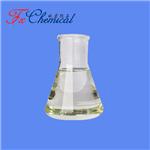
US $0.00/KG2025-04-21
- CAS:
- 83-86-3
- Min. Order:
- 1KG
- Purity:
- 98%min
- Supply Ability:
- 30tons/month
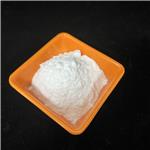
US $10.00/KG2025-04-21
- CAS:
- 83-86-3
- Min. Order:
- 1KG
- Purity:
- 99%
- Supply Ability:
- 10 mt
